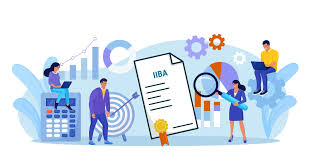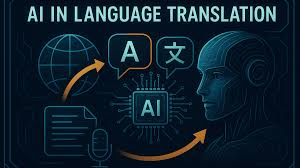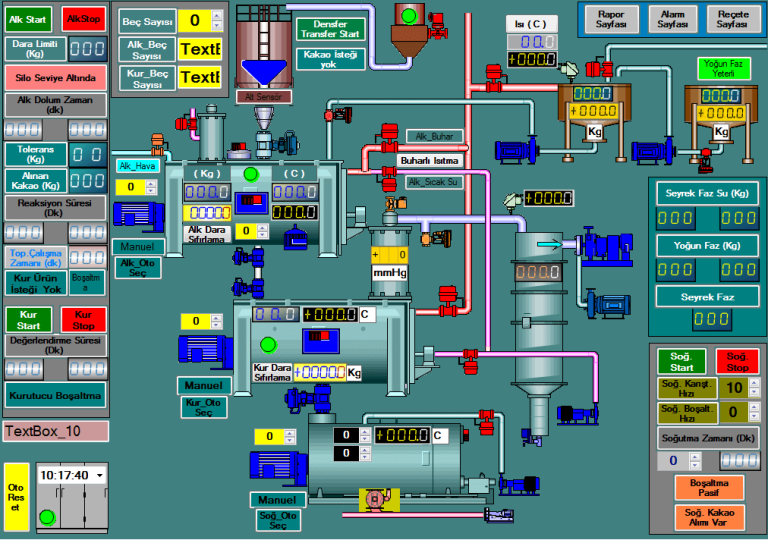Final Report: CBAP Certification, IIBA Blog Contest, AI in Business Analysis, and SEO Strategies

1. CBAP Certification Preparation and Career Benefits
1.1 Preparation Plan Overview
The CBAP certification requires a 12-week structured preparation plan, as outlined below:
| Week | Focus Area | Activities |
| Week 1 | Eligibility Check | Verify 7,500 hours of business analysis experience and 21 education hours. |
| Weeks 2–5 | IIBA-Approved Training | Complete coursework covering BABOK® Guide knowledge areas (e.g., Business Analysis Planning, Requirements Analysis). |
| Weeks 2–11 | BABOK® Study & Practice | Use simulation questions, video content, flashcards, and chapter-based practice. Key methodologies include SWOT, PESTLE, and cost-benefit analysis. |
| Week 6 | Application Approval | Submit documentation and await IIBA review. |
| Week 12 | Exam Day | Take the 4-hour exam covering six BABOK® knowledge areas. |
1.2 Training Resources
- Top Providers:
- Adaptive US: Offers CBAP, CCBA, and ECBA training with access to simulation questions and office hours with trainers.
- Techcanvass: Provides question banks and study guides.
- BA-EXPERTS: Founded in 2011, offers mind maps, audio books, and templates for deliverables.
- Key Tools: UML diagramming for application development, requirements traceability matrices, and gap analysis templates.
1.3 Career Advantages
- Growth: 14% annual growth in business analysis roles (2014–2025).
- Salary Benefits: Certified professionals command higher salaries due to validated expertise in requirements analysis and organizational efficiency improvements.
- Global Opportunities: CBAP certification enhances credibility in multinational projects, particularly in sectors like healthcare, finance, and IT.
2. IIBA’s “Ideas in Action” Blog Contest: Guidelines and Opportunities
2.1 Submission Requirements
- Length: 1,000–1,500 words.
- Deadline: April 11 (2025; applicable for future contests).
- Focus: Real-world applications of BABOK® methodologies in industries like healthcare, education, or entertainment.
- Prohibition: AI-generated content is disqualified; original insights are mandatory.
2.2 Winning Blog Post Ideas
- Real-World Case Studies:
- Example: “How Stakeholder Analysis Aligned Cross-Functional Teams in a $10M Merger.”
- Industry-Specific Examples:
- Healthcare: Process modeling to reduce patient wait times.
- Education: Agile requirements elicitation for digital transformation.
- Entertainment: Streamlining content production workflows.
- Agile Success Stories:
- “Combining BABOK® Elicitation with Scrum for a FinTech MVP.”
- Tools & Techniques:
- “Using Decision Modeling to Optimize Supply Chain Logistics.”
2.3 Contest Strategy Recommendations
- Key Themes:
- Emphasize IIBA’s “Analysis Everywhere” mantra to highlight BA’s role in driving organizational change.
- Use relatable examples (e.g., “Reducing Costs by 15% with Gap Analysis”).
- Content Gaps:
- No unconventional formats (e.g., podcasts, infographics) are currently promoted, creating an opportunity for innovative submissions.
3. AI in Business Analysis: Applications and Challenges
3.1 AI Use Cases for CBAP Professionals
- Task Automation:
- Automates data cleaning, report generation, and requirements extraction from documents (30–50% time savings).
- Tools: Tableau CRM, Microsoft Power BI.
- Predictive Analytics:
- Demand forecasting and fraud detection (95% accuracy in financial services).
- Process Mining:
- Computer vision tools analyze workflows to identify bottlenecks.
- Ethical Navigation:
- Address bias in AI systems and ensure transparency in automated decision-making.
3.2 Efficiency Gains
- Requirements Gathering: 40–60% faster with NLP tools.
- Supply Chain Optimization: 15–25% cost reduction via AI-driven models.
- Churn Prediction: 80–90% accuracy in telecom case studies.
3.3 Limitations
- Human Intervention: 30–40% of stakeholder requirements still require manual analysis.
- Ethical Risks: Bias in AI models and lack of explainability in complex systems.
4. SEO Strategies for Promoting Certification Programs and Blogs
4.1 Keyword Research and Content Optimization
- Primary Keywords: Align with core course topics (e.g., “digital marketing course”).
- Long-Tail Keywords: Target questions like “how to start a marketing agency.”
- Schema Markup:
- Course Schema: Enhances visibility in rich snippets.
- FAQ Schema: Answers voice search queries (40–60-word answers).
- How-to Schema: Improves visibility for instructional Sprintzeal.
4.2 Technical SEO Best Practices
- Content Length: 2,000–2,500 words for topical authority.
- Mobile Optimization: Core Web Vitals compliance (LCP < 2.5s, CLS < 0.1, FID < 100ms).
- Image Optimization: Compressed files with descriptive alt text.
4.3 Conversion Rate Optimization (CRO)
- CTA Placement: Above the fold with action-oriented language (e.g., “Enroll Now”).
- A/B Testing: Test button colors (#FF5733 increases CTR by 23%).
- Lead Magnets: Offer free resources (e.g., course previews) to capture leads.
4.4 AI Tools for Content Creation
- Generation Tools:
- HubSpot AI: Drafts SEO blogs and optimizes existing content.
- Jasper: Generates multi-language content with tone customization.
- Detection Tools:
- Originality AI: Ensures content authenticity for contests like IIBA’s.
5. Unconventional Content Formats and Market Gaps
5.1 Current Landscape
- Traditional Formats Dominate: IIBA’s top 15 blogs and directories (Techcanvass, BusinessAnalystsToolkit) lack non-traditional content categories.
- Opportunities:
- Podcasts/Webinars: Explain complex concepts like UML diagramming.
- Interactive Case Studies: Gamified scenarios for BABOK® knowledge areas.
- Video Tutorials: Demonstrate tools like requirements traceability matrices.
5.2 Psychological Triggers for Engagement
- Scarcity: “Early Bird discounts end May 11.”
- Social Proof: Testimonials from certified professionals.
- Authority: Cite IIBA’s KnowledgeHub for credibility.
6. Conclusion
The CBAP certification provides a structured pathway to advanced business analysis roles, with preparation tools and resources tailored to BABOK® methodologies. The IIBA’s blog contest emphasizes real-world applications, offering professionals a platform to showcase expertise while adhering to strict originality standards. AI integration enhances efficiency in tasks like requirements gathering and predictive analytics but requires careful ethical oversight.
For SEO and content marketing, leveraging schema markup, long-form content, and AI tools like HubSpot and Jasper can amplify visibility. The absence of unconventional formats in BA content presents a strategic opportunity for innovation. By combining technical SEO practices with persuasive storytelling and ethical AI use, professionals can maximize their impact in both certification preparation and industry thought leadership.





